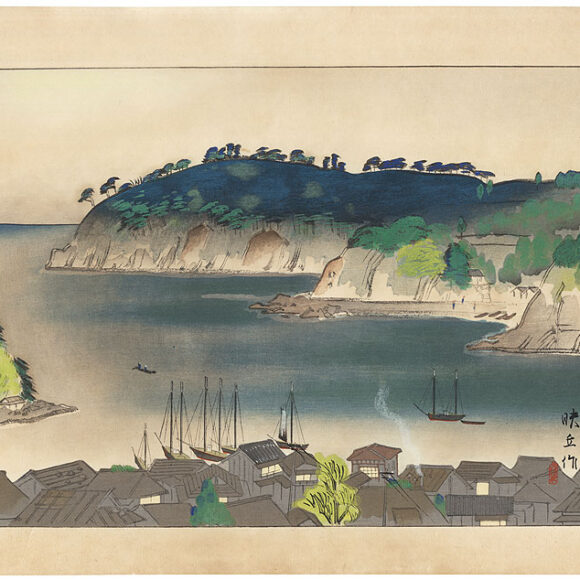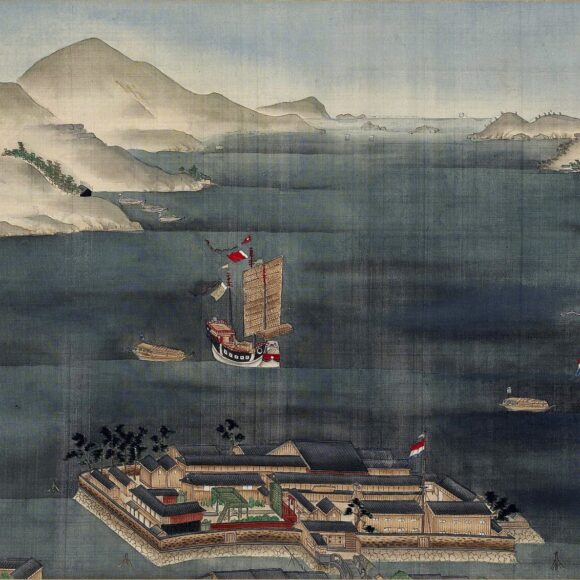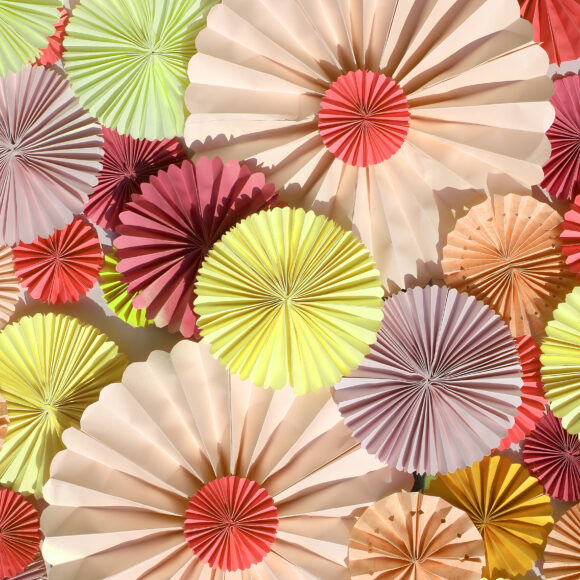In Japanese culture, the concept of "結" (knot, tie up), or "musubu," holds a deep and multifaceted significance. This kanji represents the act of binding, connecting, and uniting, reflecting the essence of relationships, harmony, and the interconnectedness of all things.
Project Category: Japanese Culture Events
Japanese Calligraphy: love
In Japanese culture, love is an intricate combination of emotions, values, and connections, where authenticity, loyalty, and the mutual pursuit of shared well-being form the foundation of this profound sentiment.
Tying the Knot: Japanese Wedding Traditions and Romance in Japanese Courtship
Japanese wedding traditions encapsulate a harmonious blend of history, cultural values, and the celebration of love, creating a rich tapestry of romance. Join Azumi Uchitani’s review of Japanese traditions and modern influences related to Japanese weddings and courtship.
Japanese Calligraphy: door
Join our next Japanese calligraphy session exploring kanji 'door'. In Japanese culture, the concept of a "door” transcends its functional role as a mere entryway, becoming a symbol of transition, opportunity, and respect.
Japanese Calligraphy: cove
Join our next Japanese calligraphy session and study a new kanji - 'cove'. In Japanese culture, the concept of "cove" holds a profound significance that extends beyond its natural and geographical connotations.
Isolation and Innovation: Japan’s Closed Country Period and Its Legacy
The influence of Japan's isolation reverberates through time, enhancing cultural diversity and fostering a deeper appreciation for the richness and interconnectedness of global culture. This talk will explore the legacy of the period of isolation in Japan and its impact on the global cultural landscape.
Folding Your Way to Discipline: the art of origami in Japanese family
The Japanese family has long been known for its emphasis on order and discipline, particularly when it comes to raising children. In Japan, children are taught from a young age to respect each other, stay organised and follow certain rules. One of the ways to develop a discipline is about maintaining a clean and orderly home which is seen as a reflection of one's character and values.
Japanese Calligraphy: fold
This is a series of workshops designed by Azumi Uchitani to explore Japanese culture through the art of calligraphy and language. This time we will learn Japanese character 折 (oru) which is a versatile verb that can have multiple meanings depending on the context. It can mean 'to bend', 'to fold', or 'to break'.
Japanese calligraphy: paper
This is a series of workshops designed by Azumi Uchitani to explore Japanese culture through the art of calligraphy and language. Throughout Japanese history, paper has played a significant role in the country's culture and traditions, and has been an essential part of daily life, from Japanese art and crafts like calligraphy and origami, to Japanese interiors such as shoji.
Japanese calligraphy: again
Join our next Japanese calligraphy workshop to explore a new kani - sai. In Japanese, the character 再 (sai, futatabi) is used to convey the concept of "again" or "re-" in English and implies the idea of repetition, renewal, or resumption










